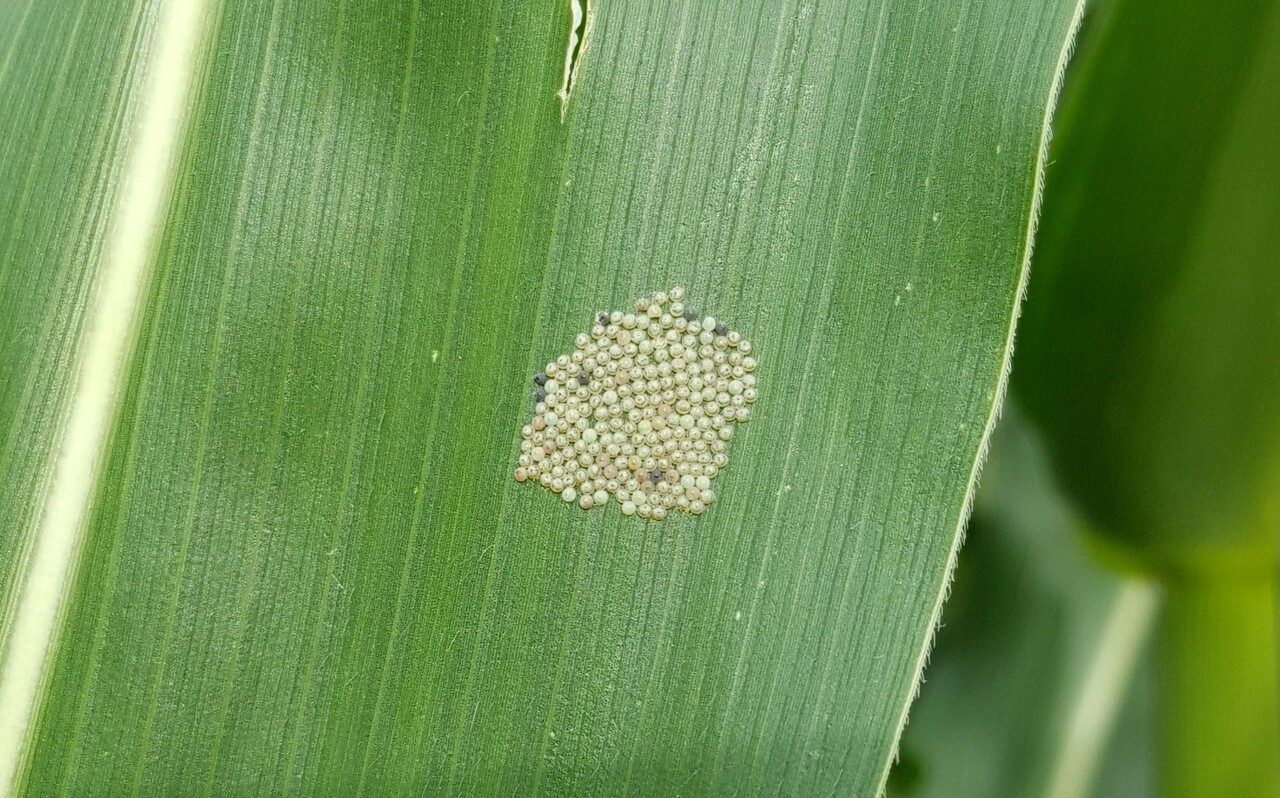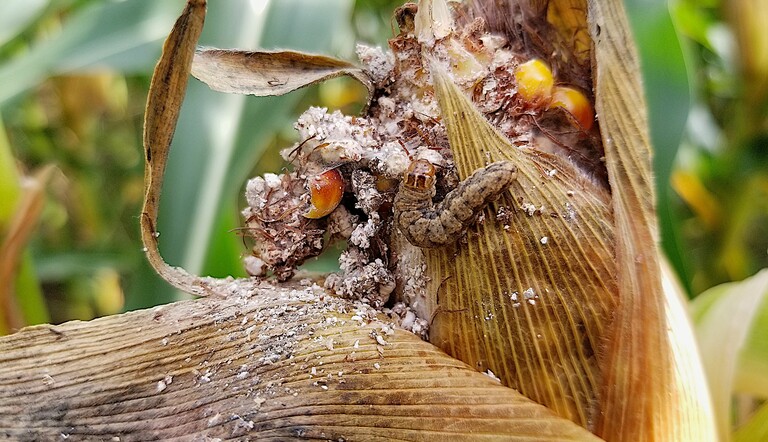
Pest Profile: Western Bean Cutworm
Striacosta albicosta
Pest Profile
26 March, 2025
3 min read

General Overview:
- Native to the Grain Plains region of the US, WBC migrated into the US corn belt in the early 2000s
- The moths seek out dry beans or corn to lay their eggs, which hatch into crop damaging larvae
- WBC populations continue to move, and are now found in major corn growing regions of Eastern Canada
Description and life cycle:
- Moths emerge from over wintering burrows between late June and early August
- Adult moths are brownish/tan in colour, 2 cm long, with a distinctive paler circle on each wing
- Following breeding, females seek out suitable crops (dry beans or corn) to lay their eggs
- Egg masses, of 50-100 eggs, are initially white, darkening over time before hatching 5-7 days later
- Larvae emerge with a dark head, which lightens over the 6 developmental instars
- From the 4th instar onwards the ‘worms’ are a pale brown, with dark longitudinal stripes on each side of the body
- The larvae feed on plant tissue, chewing into dry bean pods and the ears of corn
- Crop damage is associated with yield loss from the feeding, but also quality losses from disease (ie. ear molds) that can infect the entry points
- The 6th instar the larvae will drop to the soil and form underground burrows to over winter
- Overwintering success is much higher on sand soils (better drainage), and the following spring (May) the larvae will pupate to later emerge as adult moths
- There is only one generation per season
- Adults tend to stay close to where they emerge, but can be carried far from their overwintering sites due to prevailing winds
Crop Damage:
- Only the larval stage of WBC damages crops
- Feeding on flowers and pods in dry beans, or developing kernels in corn ears, decreases the harvestable yield, but more impactful are the diseases that can infect feeding damaged vegetation
- Ear molds in corn, including those associated with mycotoxins that limit the utility of the grain, can be extremely impactful
Economic Thresholds:
- In dry beans, pheromone traps should be placed near production fields. Traps with >50 moths would suggest those fields are at risk of damage from WBC and should be scouted. No thresholds are set for dry beans in Canada, but spraying an insecticide at the first signs of pod feeding has proven successful
- In corn, pheromone traps can be utilized to determine when to scout (when noticeable moth populations are found). If scouting finds eggs masses on 5% or more of corn plants an insecticide spray is likely warranted
Control Strategies:
- Crop scouting is the most crucial action step, to ensure action is only taken when necessary
- If WBC is present at levels believed to be economically damaging, insecticides can be applied for control
- In corn there are transgenic traits that can provide protection
| ADAMA Product | Registered Crops Impacted By WBC |
|---|---|
| SILENCER® 120 EC (Contact) | Dry beans and multiple other legume crops (refer to the label for full list) |
| ZIVATA® (Contact) | Dry beans and multiple other legume crops (refer to the label for full list) |
| COSAYR® (ingestion) | Corn (field, pop, sweet, seed), dry beans and numerous other legume vegetables (refer to the label for the full list) |
Reference Literature:
Canadian Corn Pest Coalition: Western Bean Cutworm https://cornpest.ca/corn-pests/western-bean-cutworm/
Western Bean Cutworm: Scouting and Management in Dry Beans https://fieldcropnews.com/wp-content/uploads/2020/04/WBC-2020-Dry-Bean-Infosheet-Final.pdf
Related Products
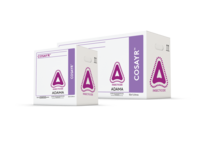
Insecticide
COSAYR®
A long-lasting diamide insecticide, which quickly controls chewing insects. Registered for a broad range of horticultural and field crops.
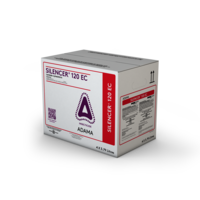
Insecticide
SILENCER® 120 EC
SILENCER® 120 EC controls a wide range of insects in field, tree fruit and horticulture crops.
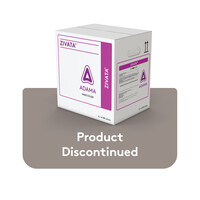
Insecticide
ZIVATA®
New choice in insect control giving you the same trusted results in a more sustainable and advanced formulation.
